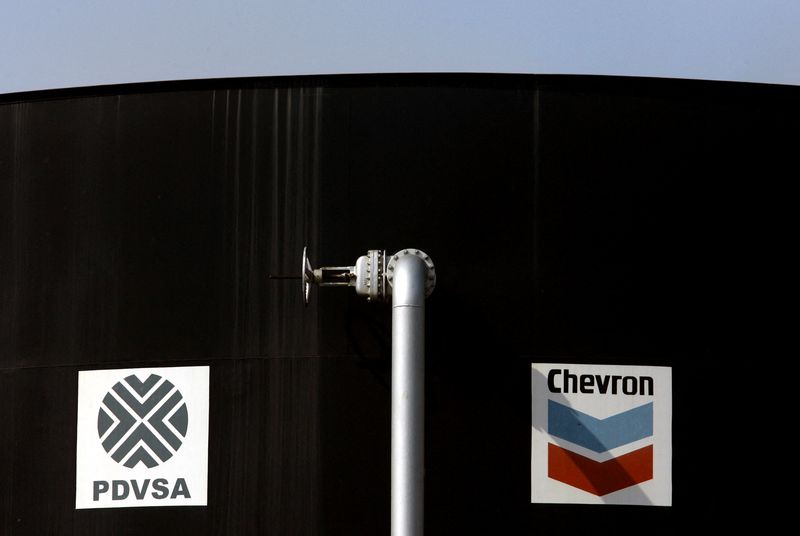Commodities
Global gold ETFs inflows continue – report

Investing.com — Global physically backed exchange-traded funds (ETFs) recorded their fourth consecutive month of inflows in August, driven primarily by increased holdings in funds listed in North America and Europe, the World Gold Council (WGC) said on Thursday, as reported by Reuters.
Gold ETFs, which hold physical bullion for investors, play a vital role in the investment demand for gold. The precious metal hit a record high of $2,531.60 per ounce on August 20, fueled by expectations of upcoming U.S. interest rate cuts.
Despite this recent positive trend, gold ETFs had seen outflows for three straight years due to high global interest rates. The recent four-month streak of inflows has only partially offset the year-to-date losses, resulting in a net outflow of 44 metric tons, the report said.
In August, gold ETFs added 28.5 tons, equivalent to $2.1 billion, bringing their total holdings to 3,182 tons, as per the WGC. The rise in gold prices and the recent inflows pushed total assets under management to $257.3 billion in August.
The report also added that the global gold trading volumes fell by 3.2% in August compared to the previous month, with daily trading volumes averaging $241 billion due to lower exchange-traded activity on COMEX.
However, activity in the more opaque over-the-counter (OTC) market increased by 5.9%, averaging $158 billion.
With gold prices up 21% so far in 2024 and growing expectations of U.S. interest rate cuts, speculators on COMEX increased their net long positions by 17% in August, reaching 917 tons—the highest level since February 2020, the report said.
Commodities
Oil prices rise; U.S. crude inventories plunge, Russia-Ukraine truce eyed
Commodities
India’s Reliance to stop buying Venezuelan oil over US tariffs, sources say
Commodities
Oil prices climb on Venezuela supply worries

 Forex3 years ago
Forex3 years agoForex Today: the dollar is gaining strength amid gloomy sentiment at the start of the Fed’s week

 Forex3 years ago
Forex3 years agoUnbiased review of Pocket Option broker

 Forex3 years ago
Forex3 years agoDollar to pound sterling exchange rate today: Pound plummeted to its lowest since 1985

 Forex3 years ago
Forex3 years agoHow is the Australian dollar doing today?

 Cryptocurrency3 years ago
Cryptocurrency3 years agoWhat happened in the crypto market – current events today

 World3 years ago
World3 years agoWhy are modern video games an art form?

 Commodities3 years ago
Commodities3 years agoCopper continues to fall in price on expectations of lower demand in China

 Economy3 years ago
Economy3 years agoCrude oil tankers double in price due to EU anti-Russian sanctions























